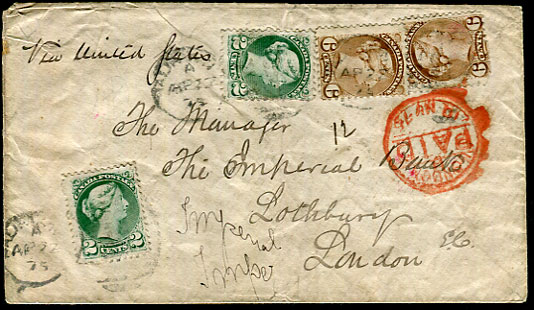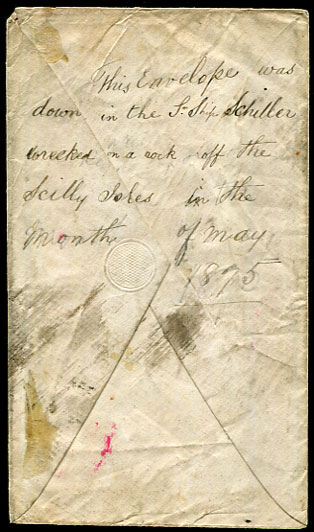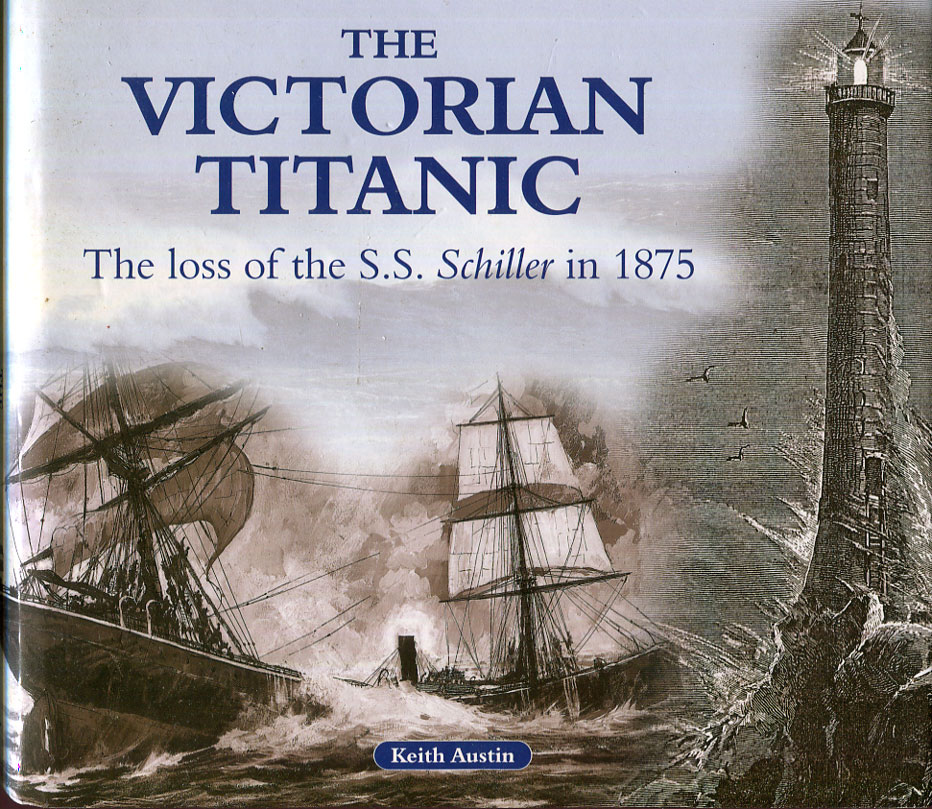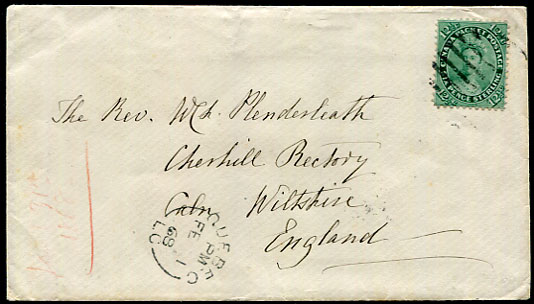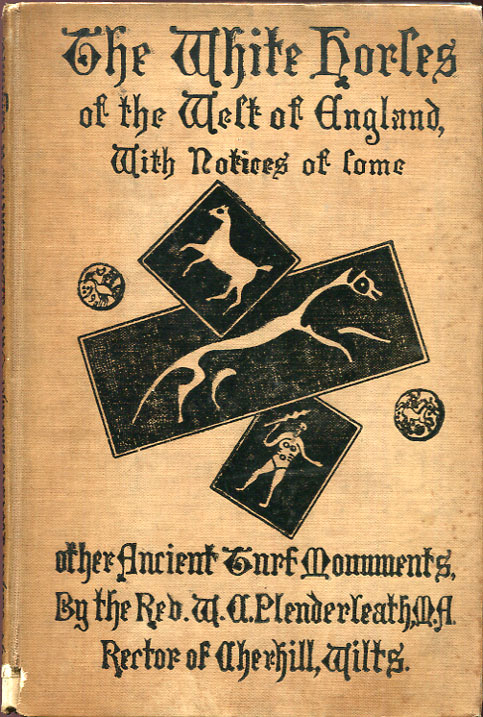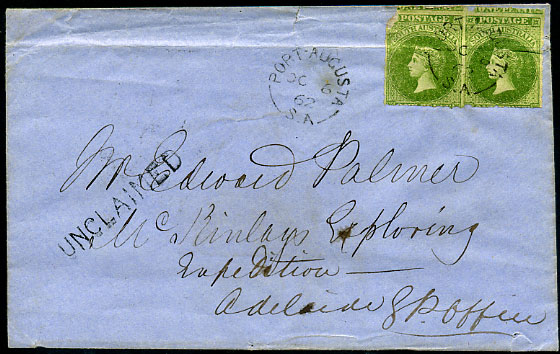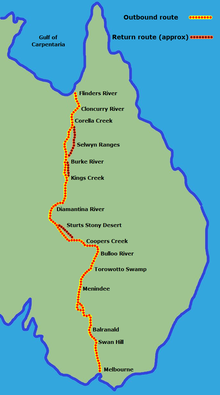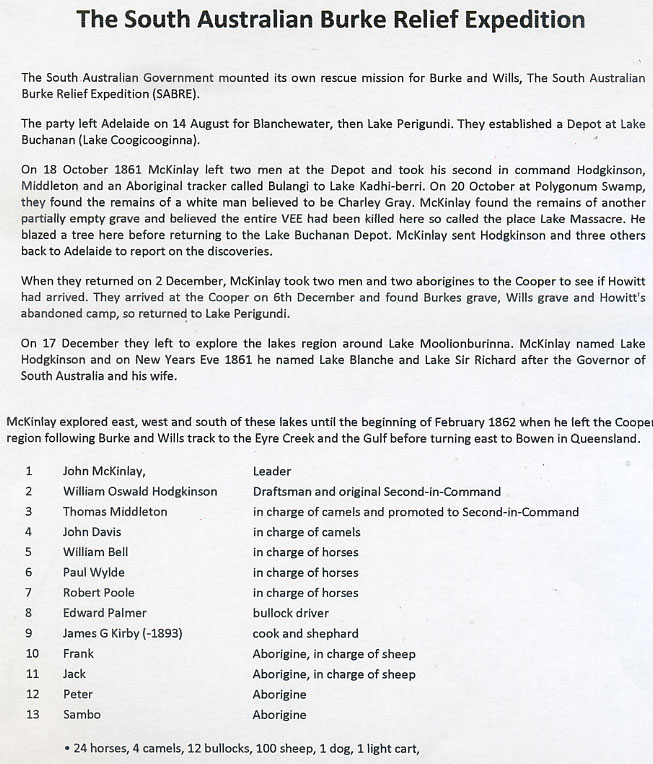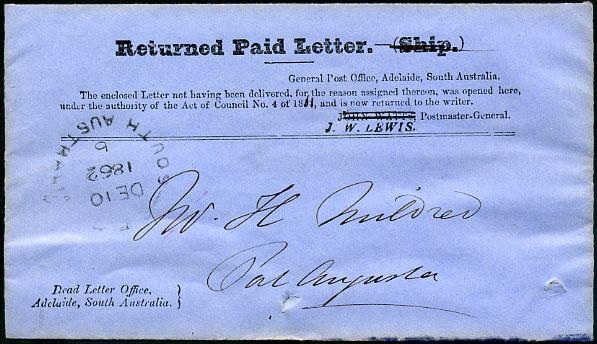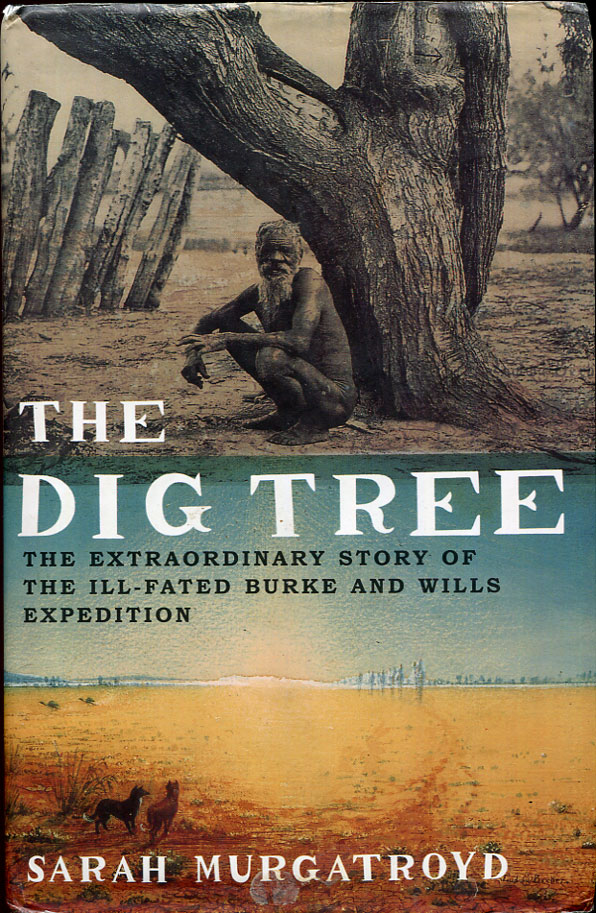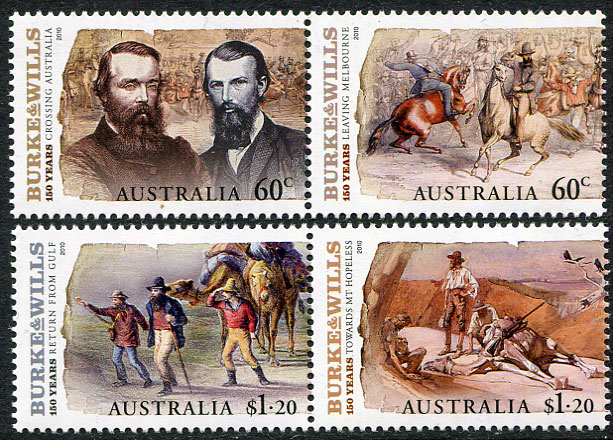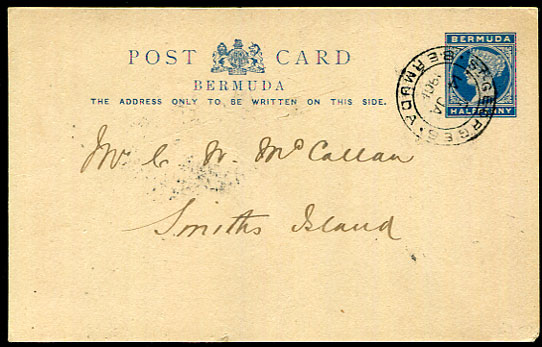
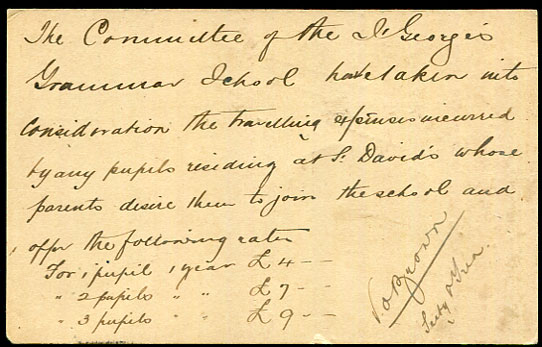
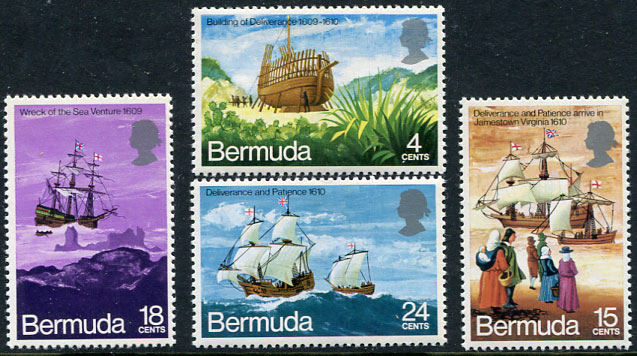
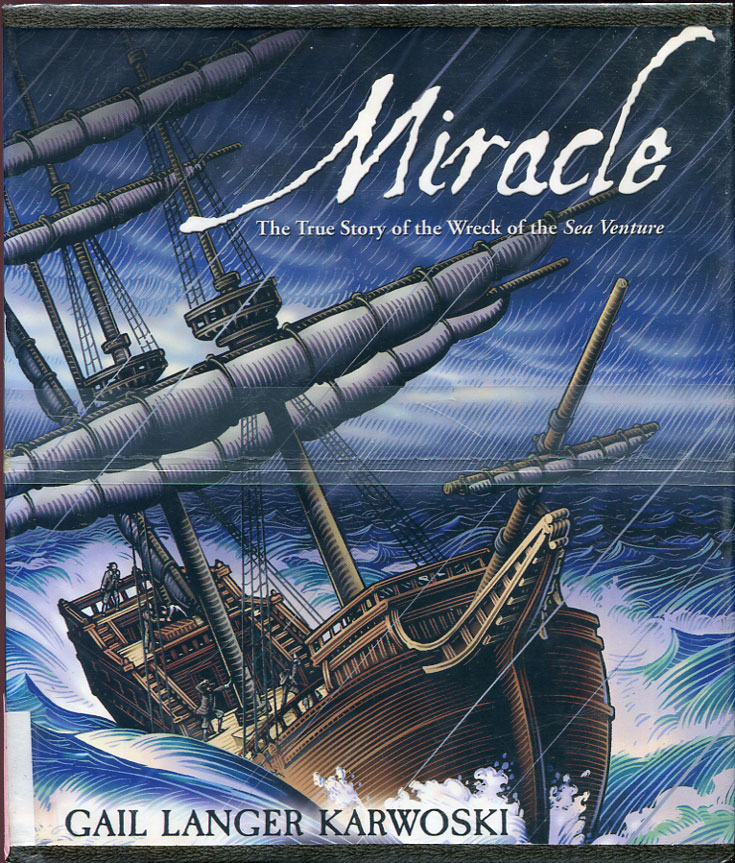
| SMITH'S ISLAND, BERMUDA internal postal history
In July 1609 Sir George Somers left Plymouth on the flagship Sea Venture as part of a fleet of 9 vessels with supplies for the new English colony at Jamestown, Virginia. In a severe storm she was separated and driven onto the reefs at Bermuda with all 150 sailors and settlers saved, this event is thought to be Shakespeare’s inspiration for The Tempest. With materials primarily stripped from the Sea Venture two new ships, The Deliverance and The Patience, were built and most set sail again on May 10 1610 for Jamestown. Smith’s island in St. George’s became Bermuda’s first settlement when three of the survivors, Christopher Carter, Edward Waters and Edward Chard (two were mutineers), set up camp becoming the first accidental permanent colonists. They built cabins, planted beans, melons, tobacco, maize, fished the coast and hunted wild hogs left there from an earlier visit by the Spanish. When the Plough arrived from England July 11 1612 with the first part of planned colonists Governor Moore was delighted with the garden produce because the Somer Isles Company in London had supplied him with some 80 varieties of seeds to try in Bermuda. Many of the first European crops Virginia and later American colonies saw were planted on Smith’s Island. The illustrated QV ½d Post Card, postmarked St. Georges 14 JA 1901, is addressed to C. W. McCallan, perhaps the only resident family on the 61 acre island, and perhaps the replied pricing for pupils at the Grammar School was intended for E.A. McCallan, the 1948 Bermudian author of “Life on Old St. David’s”.
Also included u/m commemorative set plus pre-owned Gail Langer Karwoski's book "Miracle - The true story of the Wreck of the Sea Venture" (64 pages).
£325 | |
